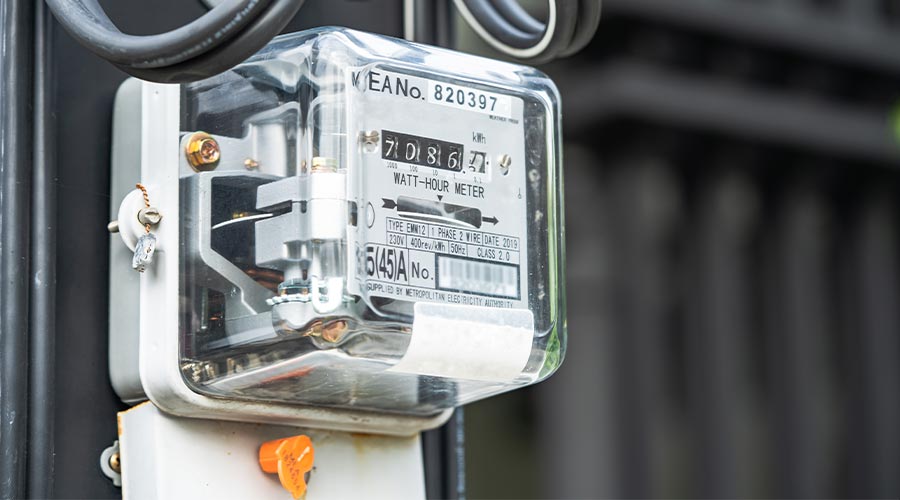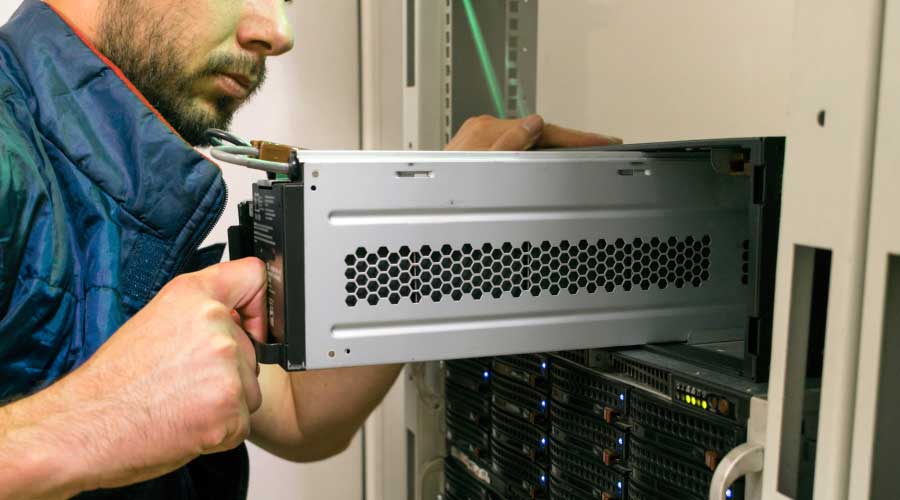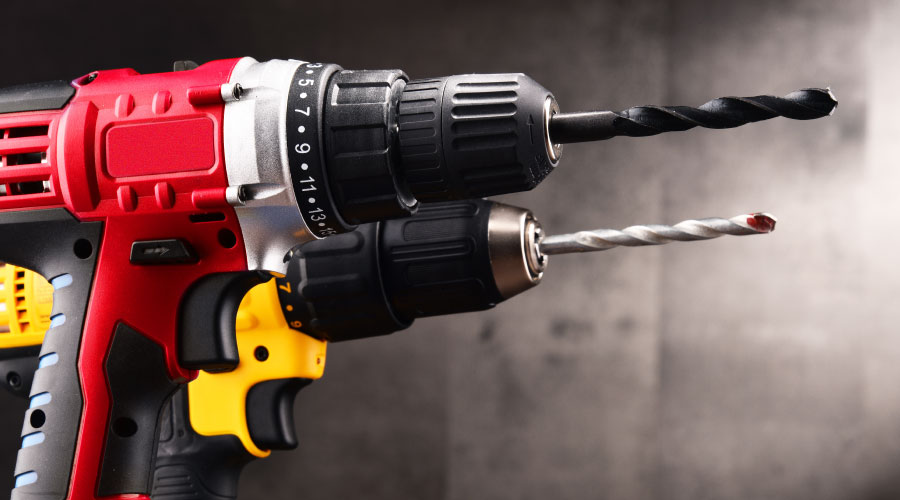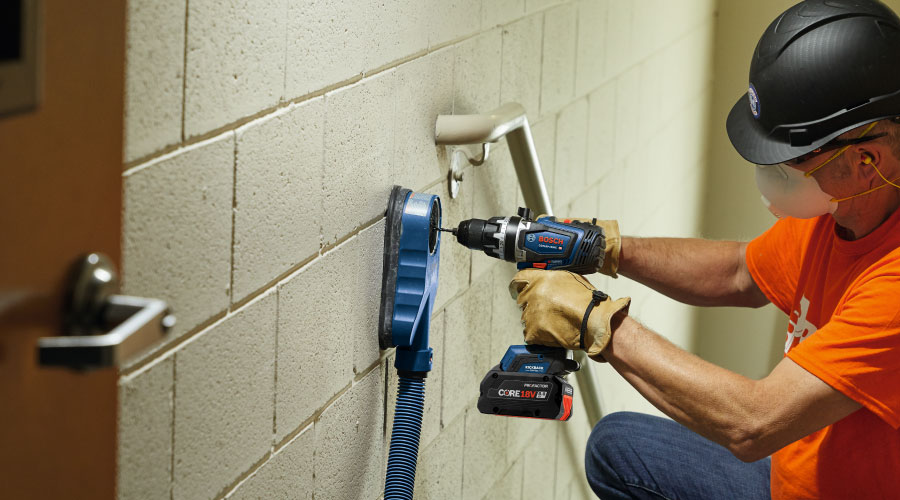Electric Phase Loss: Challenges and Solutions
What can facility managers do to minimize damage caused by a common failure in the system, utility single-phasing?
By Joe Faiola, Contributing Writer
We’ve all experienced power outages. They can be stressful, frightening, and costly. Common causes of power loss are environmental conditions such as severe wind, lightning strikes and storms, wildlife, trees, and vehicular accidents. Conductor failure, insulation failure, equipment (contactor, overcurrent device, transformer, etc.) failure often related to aging, and improper installation resulting in bad connections are other common culprits for power outages.
While these faults and failures can occur at any point in the distribution system from the substation to a load, the following information will focus on those where the root cause is the utility. With much of our grid entering its “golden years” and nearly three quarters of all the grid being at least 25 years old, this topic will only increase in importance.
Faults and failures
Fault events on the grid fall into one of three categories: open circuit faults, short circuit faults, and high impedance faults.
Open circuit faults occur when there is a break or loss of continuity in the intended path of the electrical circuit, which prevents the flow of electricity. A short circuit, also known as bolted fault, occurs when an unintended connection is established between two points that causes current to flow in a path other than the one intended for normal operation. When short circuit faults have a significant amount of impedance, this is known as a high impedance fault, and can continue without a protective device operating due to the reduced current from the high impedance.
All three fault types are dangerous, posing serious safety hazards, and can often evolve into another fault type by way of arcing and physical instability.
Open circuit (and high-impedance) faults are more challenging to detect and may be sustained for longer periods of time because they do not entail the excess current that typical overcurrent devices detect and prevent. Due to the increased likelihood of open circuits on overhead lines, rural and more remote areas see a higher occurrence of open circuits as compared to more densely populated urban areas.
Short circuit faults can be identified and further divided into five possible types. Of those five, the overwhelming majority are single line to ground (SLG) faults. These SLG faults are a common occurrence for overhead lines and comprise the only type of fault that is likely to occur with underground cables. SLG faults can occur as bolted faults, and they can also occur as high-impedance faults.
Phase loss
A single line to ground fault or a single-phase open circuit both can result in a phase loss condition, also known as single phasing.
Phase loss events have the potential to damage motors, pumps, starters, elevator controllers, and so on, but protecting a facility from one is easier than you think and is a worthwhile investment for most owners.
The most immediate and obvious impact of single-phase loss is the loss of power to all single-phase loads that are circuited to that phase. This includes things like lighting, receptacles, technology equipment, fire alarm equipment, smaller fans, and so on. This phase-loss event will have an impact throughout the building leaving all single-phase loads powered from the ‘A’ phase only, without power.
A three-phase delta-wye transformer is commonplace in large buildings of all types. Typically, it is used to step down from the utility’s transmission voltage to a voltage that can be used to provide power to standard 120V receptacles and appliances. When a phase is lost, it has an impact on what is seen on the secondary (load) side of the transformer. Rather than 120V and 208V on the secondary you’re likely to measure something closer to half of that. This leaves approximately two-thirds of your single-phase loads fed from this distribution with extreme undervoltage. If sustained this undervoltage is likely to damage loads fed from this transformer.
The most deleterious and financially painful impact of phase loss will likely be to large three-phase equipment and their associated controllers. This includes equipment such as: large fans; air handling units; chillers; pumps; large, motorized shop equipment; and other similar equipment that includes three-phase motors.
Loads running during the phase loss event will continue to operate due to the already established rotating magnetic field. It’s common for the equipment to initially vibrate and create noise. This increased current on the two active phases will increase by 1.5 to 3 times its standard operating value. If the phase loss event is prolonged or occurs frequently, damage caused by heat will ultimately destroy the equipment.
Three-phase loads that attempt to start while the building has lost a phase will not be able to do so as three-phase motors rely on all three phases to establish the rotating magnetic field. Without a spinning rotor, there is no counter EMF, which means there’s no current regulator. As a result, the current on the two active phases will increase to many multiples of the nameplate value and, if allowed to continue for even a short period of time, will result in excessive overheating and damaged equipment.
Other problems
It is common for starters to be damaged in lieu of their associated equipment. One cause is related to the reduced voltage, sometimes caused by phase loss, supplied to an AC solenoid in the contactor assembly. The undervoltage may be enough for the magnetic force to bring the contactor “in,” but not enough to fully seat the armature onto the fixed core. With the armature not fully seated the reduced impedance in the magnetic circuit from the armature not being fully engaged will increase current in the coil. This heat generated can damage components of starters or starters themselves.
It may come as a surprise that protections such as breakers, motor overloads, etc., are often installed and in place when equipment is damaged. In some cases, VFD settings were never set up properly to protect the equipment, overloads on a starter were improperly sized, adjustable overloads were not adjusted or set correctly, overloads were disabled or are set so high out of range due to nuisance tripping that they no longer provide protection, and so on.
It’s also not uncommon for overloads to be damaged during a phase loss event leaving only the short circuit and ground fault protection of the motor in place. A standard NEMA bimetallic overload relay is a common, generally effective, and low-cost device used to protect existing mechanical and plumbing equipment. One major drawback is that it can’t protect against phase loss. Its simplistic protection model simulates motor heating by allowing current directly or indirectly into a bimetallic strip. With most motors and other equipment operating in the range of 70 percent of nameplate values, the increased current seen in the other two phases during phase loss is often not enough to trip the overload. This allows the negative sequence currents to continue creating significant heat gain within the motor assembly and damaging the equipment.
Solutions
The first step to protect from phase loss is to ensure existing equipment is functional and correctly configured. The next step is to determine which equipment does not have adequate phase loss protection and add it as needed. The cost of adding phase loss protection is unlikely to exceed the cost of replacing equipment and downtime.
Phase loss protection can be added to each piece of equipment locally or more globally. Solutions identified below can be applied as replacements to existing devices, added on to existing systems, or provided for new construction. Many of these solutions can safely disconnect power to the equipment during phase loss then bring power back once the system is stabilized if desired.
Local to equipment
A phase failure relay is purpose built to protect equipment from damage caused by phase loss and is a simple device to add at any point in an existing installation. Phase failure relays can be applied as add-ons to existing installations or as add-ons to new starters or VFDs. Phase failure relays come in many flavors and utilize different means to determine phase loss. Generally, one that measures current (in addition to voltage) rather than voltage alone will provide greater protection.
Unlike the NEMA variety, IEC bimetallic overloads are provided with a differential tripping mechanism whereby power may be switched off in the event that the differential mechanism is tripped due to a sufficient “difference” in current between the phases. Even with this added feature, protection from phase loss isn’t guaranteed under all conditions and should only be applied where it makes sense.
Electronic overloads can be used in place of thermal overloads and are typically the preferred choice. Solid state overload relays (SSOR) utilize current transformers to measure current, rather than heat, and convert that to an electronic signal. The use of microprocessor technology allows for more advanced features and increased precision. The use of SSORs negates the need for a local phase monitor relay due to their ability to monitor all three phases. As with all electronics, the costs continue to decline over time, making them a good choice even for cost-conscious owners.
Building-wide
For retrofits and new construction, monitoring and relaying can be added at the building’s service entrance distribution equipment and utilize a shunt trip mechanism tied to the service disconnecting means, whether it be a switch or circuit breaker. For new construction, a circuit breaker can be selected with the appropriate electronic trip unit that includes phase loss protection among many other beneficial features. This style of protection would disconnect any power fed through the associated distribution equipment, so the disadvantages of this solution must be considered carefully.
A more balanced approach may be to include a phase loss monitor at the service entrance, and output that data to a building automation system (BAS) which can then select specific equipment that should be shut down. The building owner should have a clear understanding of the reaction time of the BAS before selecting this approach.
Phase loss is a common problem encountered by building operators, but it doesn’t have to be a costly one. The costs of many of the solutions proposed here are often far less than the expense of equipment downtime and replacement. Building owners must carefully plan how and where to apply these solutions as they all have different pros and cons. Building owners and facility operators can work with an MEP team to determine which solution meets their unique needs the best.
Joe Faiola, PE, is senior electrical engineer for SHP.
Related Topics:












